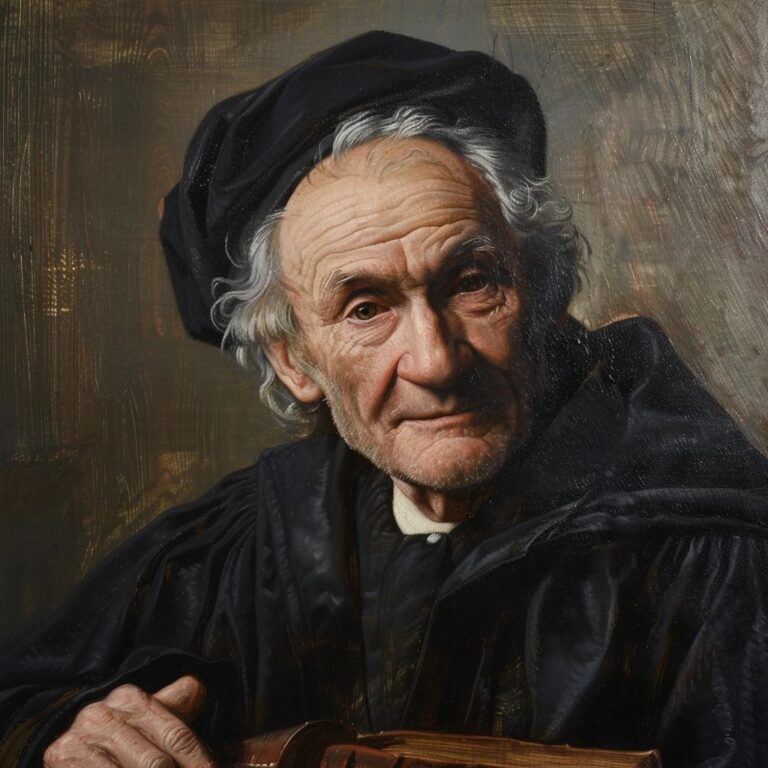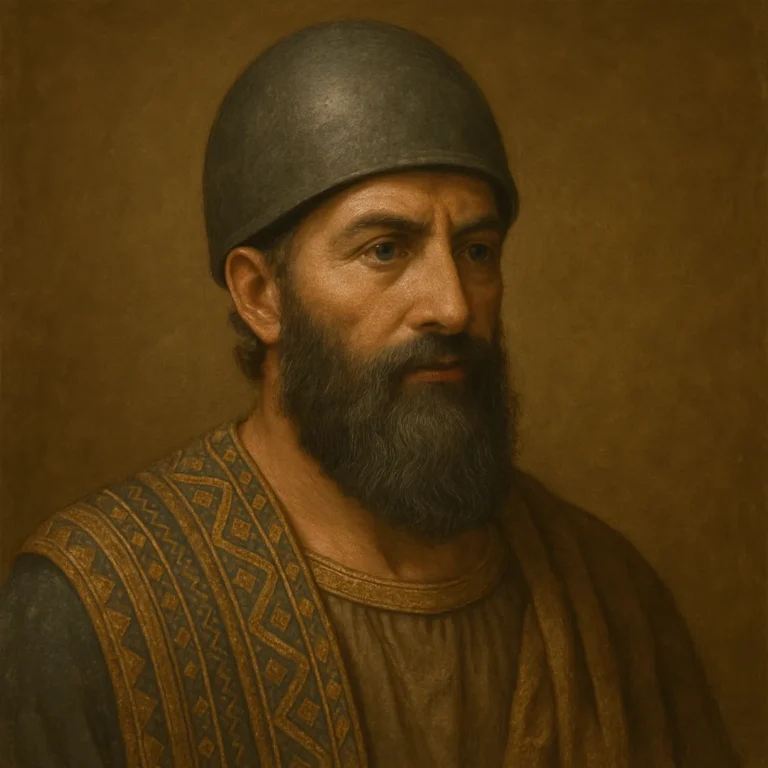Carl Friedrich Gauss was born on April 30, 1777, in Brunswick, in the Duchy of Brunswick-Wolfenbüttel (now Germany).
He is often referred to as the 'Prince of Mathematicians' due to his numerous contributions to mathematics.
Gauss made his first major mathematical discovery at the age of 18, when he proved the constructibility of the regular 17-gon using only a compass and straightedge.
His doctoral thesis, completed in 1799, provided the first rigorous proof of the fundamental theorem of algebra.
Gauss developed the method of least squares, a standard approach in regression analysis and statistics.
He introduced the Gaussian distribution, also known as the normal distribution, which is a fundamental concept in statistics and probability theory.
Gauss made significant contributions to number theory, including his work on prime numbers and the distribution of primes.
He invented the heliotrope, an instrument used for measuring angles in geodetic surveys.
Gauss's book 'Disquisitiones Arithmeticae,' published in 1801, is one of the most influential works in the history of mathematics.
He contributed to the fields of astronomy and geophysics, including work on the calculation of orbits and the Earth's magnetic field.
Gauss developed the concept of Gaussian curvature in differential geometry, which has important applications in the theory of surfaces.
He was a pioneer in the use of complex numbers and made significant contributions to their theory.
Gauss's work in electromagnetism laid the groundwork for many later developments in physics, including Maxwell's equations.
He collaborated with Wilhelm Weber to invent the first electric telegraph in 1833.
Carl Friedrich Gauss passed away on February 23, 1855, in Göttingen, Germany, leaving behind a legacy as one of the greatest mathematicians of all time.
How useful was this post?
Click on a star to rate it!



